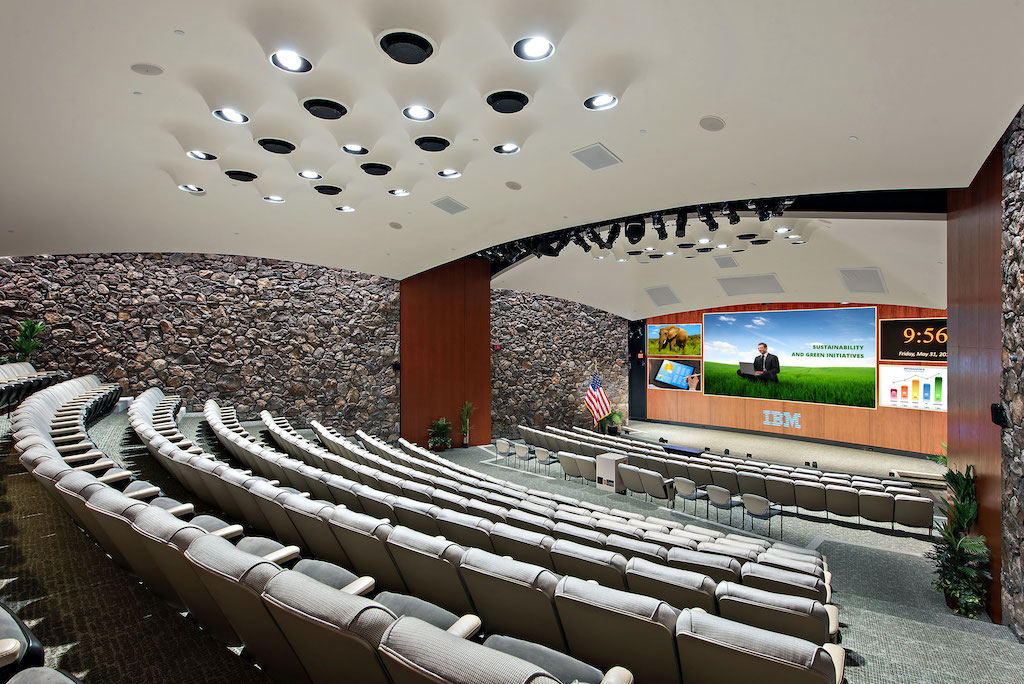Perfecting the Art of Hue Adjustment for Stunning Imagery on LED Walls
Wiki Article
Color calibration is an essential process for attaining stunning visuals on LED walls. Light-emitting diode screens are commonly used in multiple environments, such as musical events, meetings, and promotional presentations. These walls consist of many small LED diodes that create images and videos. However, if the colors are not calibrated correctly, the images can appear flat or distorted. Color calibration ensures that the hues shown on the LED wall are accurate and vibrant, improving the complete watching experience.
The first step in color calibration is understanding the color spectrum. Color space refers to the range of hues that can be shown on a display. Different equipment, such as cameras and displays, may use varied hue spectra. Typical hue spaces include sRGB, Adobe's RGB, and Digital Cinema Initiatives P3. Understanding which color space the light-emitting diode screen uses is vital for accurate calibration. This knowledge helps in adjusting the colors to match the desired output, ensuring that the visuals look as they were intended to be viewed.

Next, using a hue tuning tool is vital for obtaining accurate results. These tools can be hardware devices or software applications designed to assess and modify hues. A colorimeter is a popular hardware tool that measures the hues shown on the light-emitting diode screen. It provides information on how the hues look compared to the reference metrics. By using this information, adjustments can be made to the LED wall configurations, such as luminosity, differentiation, and hue look what i found equilibrium. This procedure assists in aligning the displayed hues with the desired hue benchmarks.
Another crucial factor of hue tuning is surrounding illumination evaluation. The illumination in the environment where the LED wall is located can significantly influence how hues are perceived. For instance, intense surrounding illumination can dull hues, making them look less lively. Therefore, it is crucial to evaluate the lighting conditions before calibrating the LED wall. Adjustments may need to be made to the wall's brightness and differentiation settings to compensate for the surrounding light. This ensures that the hues stay bright and faithful to their desired look.
In conclusion, routine upkeep and recalibration are necessary to keep the light-emitting diode wall operating at its optimal. Eventually, the hues on the light-emitting diode screen may deviate due to elements like wear parts or variations in the surroundings. Regularly scheduled calibrations help to maintain color accuracy and consistency. It is also beneficial to maintain a log of calibration settings and results. This documentation can assist in spotting trends or problems that may occur, enabling for prompt adjustments. By prioritizing color calibration, users can ensure that their light-emitting diode screens provide breathtaking images that engage audiences.